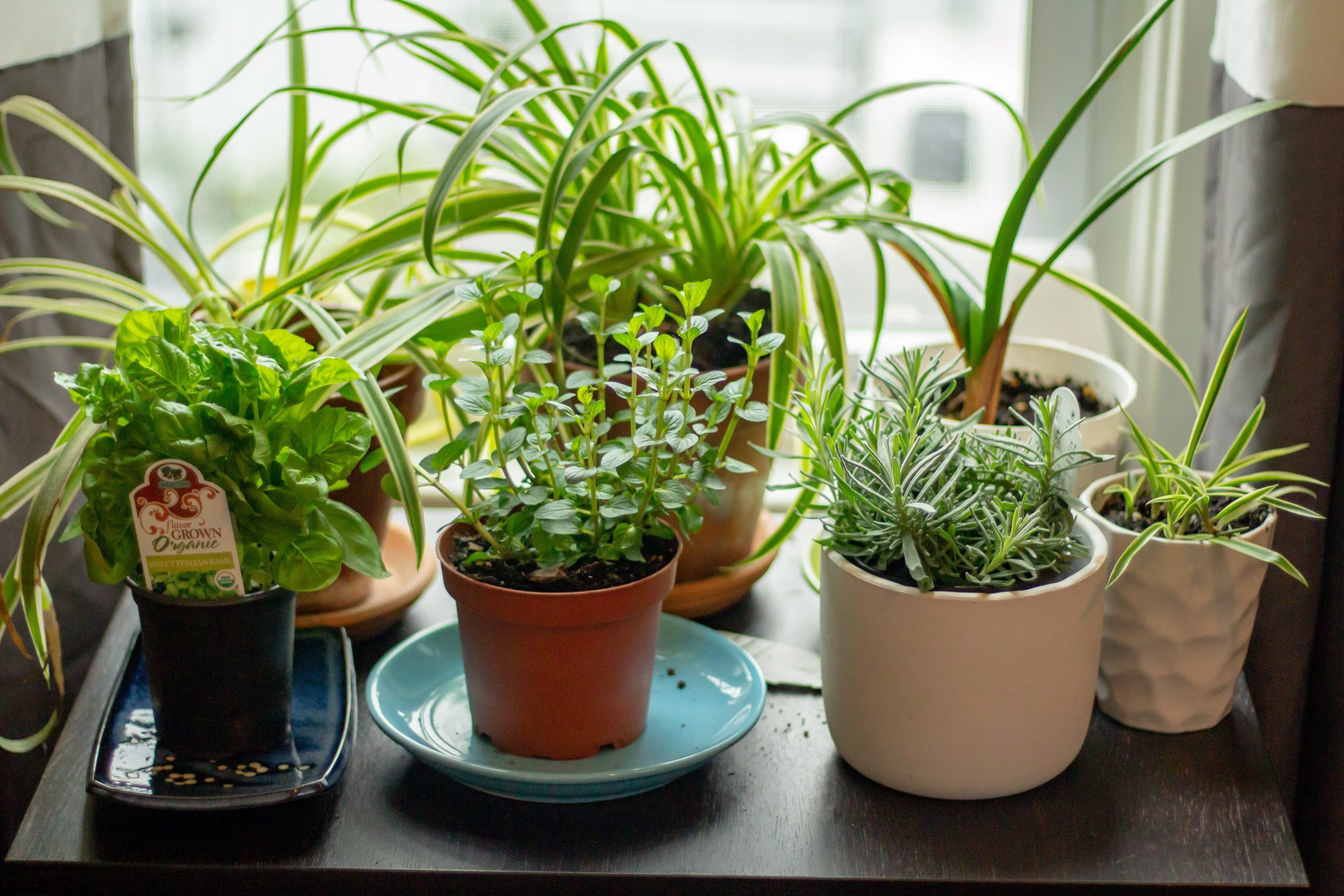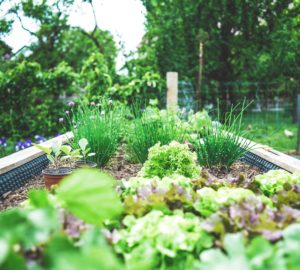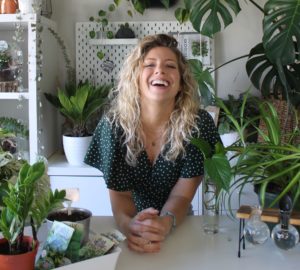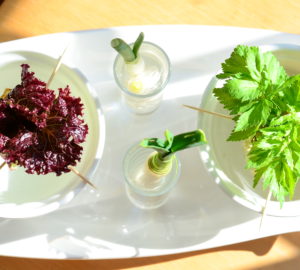How to grow a DIY home herb garden – 6 simple steps
The idea of starting a home garden can be really intimidating! Especially if you’re tight on space, growing your own plants can seem like more work than it’s worth. But if you’ve always wanted to grow your own basil to put on homemade spaghetti recipes (yum), starting a home herb garden may just bring you all the joy with a lot less effort than you think! Plus, its super satisfying watching your herbs grow — trust us, it gets addicting!
From what herbs to pick to easy watering tips, here’s our simple guide to help you start an herb garden at home!
How to grow a DIY home herb garden – 6 simple steps
1. Decide what herbs you want to grow
Are you looking for some fresh herbs to add to your cooking creations? Basil, rosemary, thyme, and oregano should be on your radar! Or if you’re hoping to add some pretty decor to your home, fresh lavender is hard to beat. (Lavender also makes for a super pretty drink garnish for days when you’re feeling fancy, along with a bunch of other uses like warding off moths).
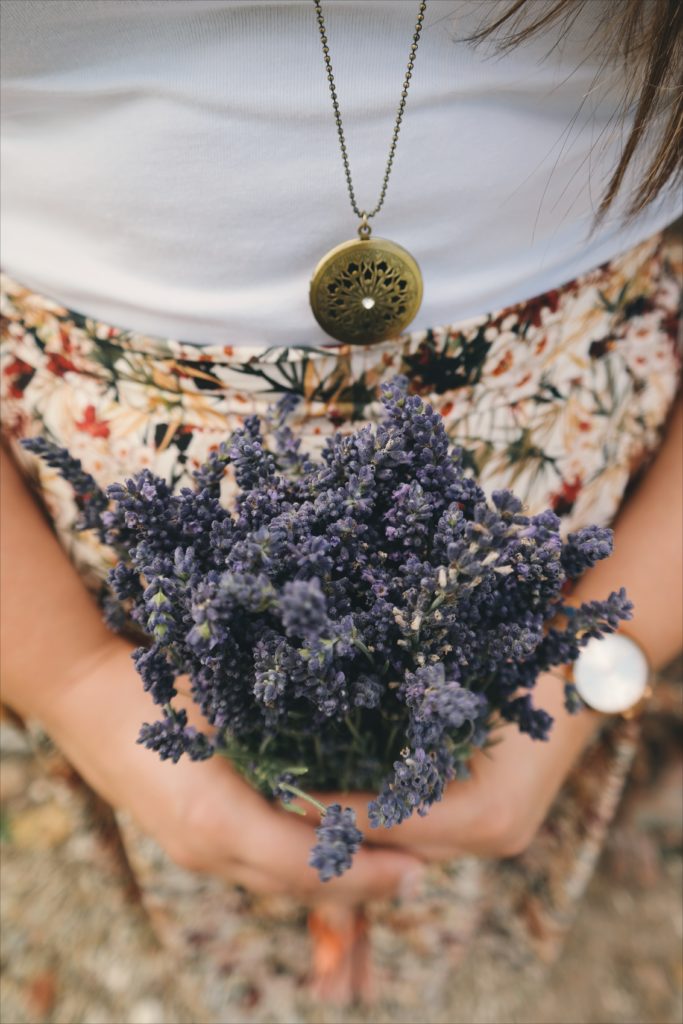
But if you’re a beginner and just want to test it out, we’d recommend going with something like Greek oregano or mint. They’re like the snake plants of the herb world — durable and resilient! Another easy option: sprouts! They don’t require much space and they taste delish in salads and grain bowls.
2. Find a happy place for your herbs
Generally, herbs will grow best in a space that receives at least six hours of sunlight a day, whether that’s inside or outside. However, certain herbs like parsley, mint, and cilantro typically require less (about 3 to 4 hours of sunlight).
Our favorite spot to grow our herbs is near the kitchen. That way, it’s convenient to grab some basil for our avocado toast and parsley for our veggie burgers. And we’ve found that when our herbs are in eyesight (and not super out of the way) we use the ‘plantiful’ goodness a lot more.
3. Figure out how you want to grow them
If you’ve got a backyard space with beautiful sunlit soil (and not a bunch of shrubs), you should be all set to start growing without too many extra tools. But if not, you still have plenty of options to choose from.
For bigger spaces: Raised beds make for awesome plant homes. They’re relatively easy to make (check out this DIY tutorial), but you can also purchase them at places like Home Depot, Walmart, etc. You’ll also need raised bed soil — and if you compost, this is an amazing way to take advantage of the material!

Essentially, the raised beds lift the herbs, so they have a gentler growing environment and they also just look super tidy and cute.
For smaller spaces: Simple pots are all you need! The general pot size range that’s best for most herbs is between eight and 20 inches. And be sure there are holes at the bottom of the pots — this is crucial for proper drainage. But between hanging pots and cute ceramic pots, you can get pretty creative with your herb growing style!
We also love window boxes. (Seriously, is there anything more charming than a window box?! ) If you’re feeling crafty, check out these DIY tutorials, but Home Depot also has a solid selection to browse through!
4. Start planting
Once you get your herbs and have a place for them, you can start planting. Most of the time, plants will have a little tag that explains how much space they need and other basic information.
If you’re taking it out of the container it came in, try to dig a hole that’s a similar size as the OG container (or pick a new container that looks pretty similar in size). And remember not to pack it too tightly. Need more soil in your container? Douse the additional soil with water, give it time to settle, and then add more soil. Typically, you’ll fill the growing mix until it’s about an inch away from the top of the container.
However, if you’re growing herbs from seeds, follow the instructions on the packet, as it might vary depending upon what you’re growing.
5. Get into a watering rhythm
Anyone who has even taken care of a single succulent knows there’s an important balance when it comes to watering. Herbs are the same. You don’t want to overwater them, but the soil should not be soaked or dry — something in between.
And if you’re taking the indoor growing route, consider adding some extra nutrients (like compost or a potting fertilizer mix).
6. Harvest!
Now for the fun part! Give your leaves a little pinch — just don’t pull out the entire plant (that’s when scissors come in handy for a quick snip).
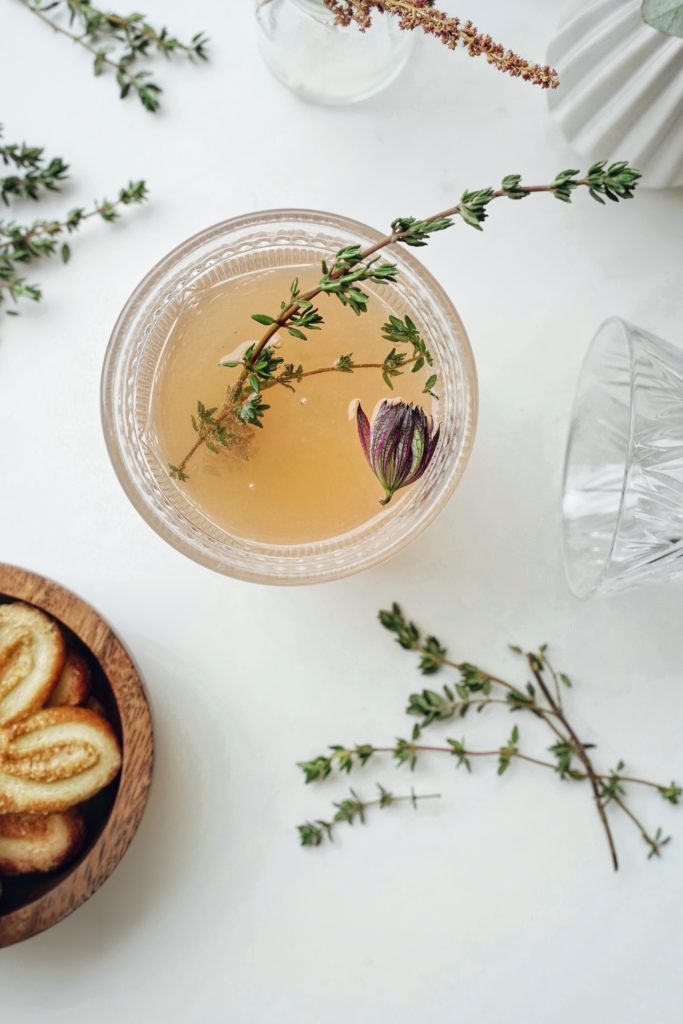
As a general rule, don’t take more than a third of the plant at a time — that’ll ensure your plant will be able to keep growing!
Looking for more eco-friendly hobbies? We think you’d love this post!
And check out these posts if you want to inspire your inner green thumb:
- How to grow the perfect small space garden
- How to plant a garden that’ll save butterflies and bees
- Everything you need to know to compost the right way
- 8 cool reasons you should totally have all the indoor plants
- Quiz: Which indoor plant do you need in your life right now?
- How to be the best plant mom you can be






